Two elephants in the room for the EU's digital transformation ambition
Last week, the European Commission published the second report evaluating Member States' implementation of the European grand plan for digital transformation by 2030 - the Digital Decade.

The report states that "in the current scenario, the collective efforts of Member States will fall short of the EU's level of ambition." Director General of DG Connect Roberto Viola added, that "under current trends, by 2030 only 64% of businesses will use cloud, 50% big data and only 17% AI".
The Digital Decade sets tangible key performance indicators (KPIs) and intra-country project frameworks to accelerate the EU's digital transformation by 2030.
Last year, all Member States had to present the national Digital Decade action plans for implementing these EU-level ambitions nationally. Many have failed to present these roadmaps on time, and many have presented already pre-planned projects and initiatives, not contributing much to the program itself.
After assessing the results, the Commission now wants the Member States to review and alter their roadmaps to align with Digital Decade's ambition by December.
The Commission states that the Digital Decade will be funded via the Recovery and Resilience Fund (150 billion euros), the DIGITAL Europe program (7,9 billion), the Connecting Europe Facility (1,7 billion), and the Cohesion funds (31 billion). That's a total of over 190 billion euros, but it's worth mentioning that most of these programs have been pre-planned before the launch of the EU's Digital Decade, and while many goals overlap, some are missing necessary funding.
No way out without improving the administrative capacity and public procurement
The Commission issued country-specific recommendations for each Member State. Most recommendations are 'business as usual' urging countries to continue investment in connectivity and increase digitization of public services. Many countries have also received recommendations to improve their citizens' basic digital skills and work on increasing the number of ICT specialists. On a business uptake side, the main issues across the EU are the uptake of AI & cloud in businesses and the overall digitization of small-medium enterprises (SMEs).
The EU's Digital Decade is an ambitious strategy and the EU is right to continue KPI-based monitoring of its implementation. However, two major issues hampering the EU's digital transformation remain - Member States' administrative capacity and public procurement.
The first issue lies partially in the fact that many Member States still have a decentralized administrative structure for digital and connectivity policies. While this approach works in some countries, this often slows down the practical policy-making and implementation process, complicates talent search for public administration (especially in smaller countries), dilutes the political ownership of the topics, and becomes even more complicated when EU-level policy-making is involved. A more centralized approach, uniting the topics of public services, connectivity, and business digitalization under one roof would create a much smoother process for both Member States and the EU as a whole.
The second issue is, of course, public procurement. With the pace of digitization increasing, the importance of using the available funds in the smartest way possible is extremely important. Current public procurement challenges in the EU - slow procedures, focus on lowest-cost bids, lack of easy entry for SMEs, and lack of cross-border procurement bid participation are harming the European digital transformation ambition in nearly every EU Member State. Many IT-sector SMEs don't participate in the complicated public procurement calls because they can't afford to have staff working solely on these issues. The same applies to cross-border participation - public procurement is still very home-based and only big corporations with local staff are able to participate smoothly. This leaves the EU Member states with a limited number of local procurement participants who are sometimes biting off more than they can chew - at least in a timely manner.
Former Italian PM Enrico Letta has partially addressed this issue in his Single Market report. Public procurement and administrative structure are two politically sensitive subjects - not many politicians want to talk about paying more for better services in public procurement and restructuring government institutions is a headache on its own. The EU could use its power to mandate more structured recommendations and policy frameworks to solve these issues, unify the approach, and provide solutions towards a Single Market which would both enable the digital transformation ambition and save Europeans money in the long term.






